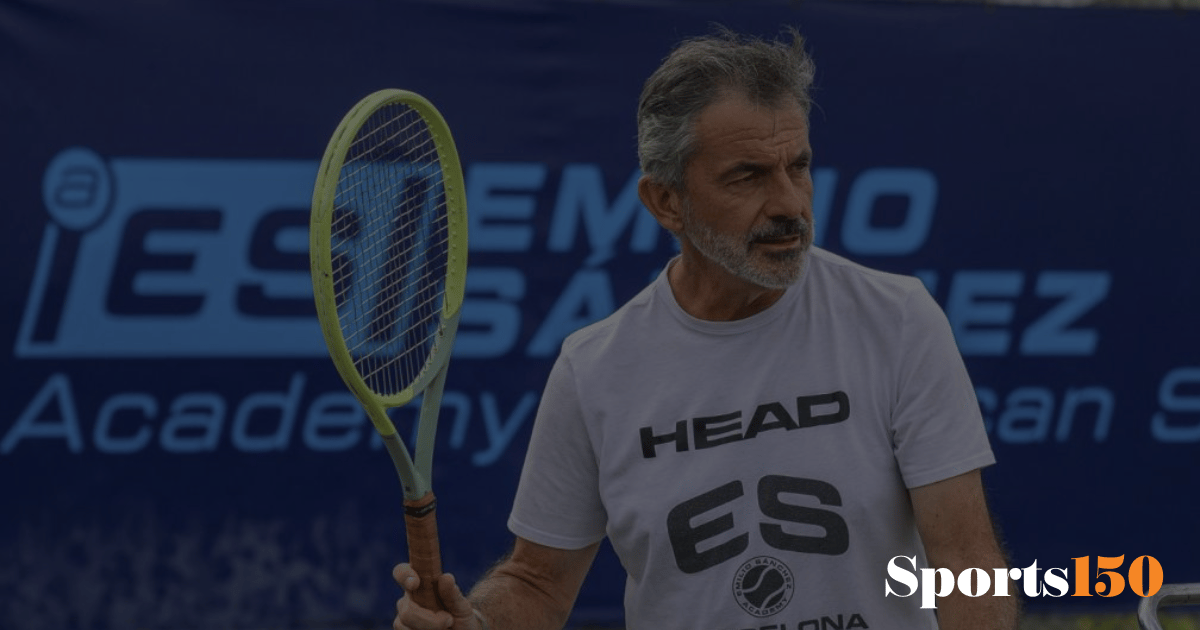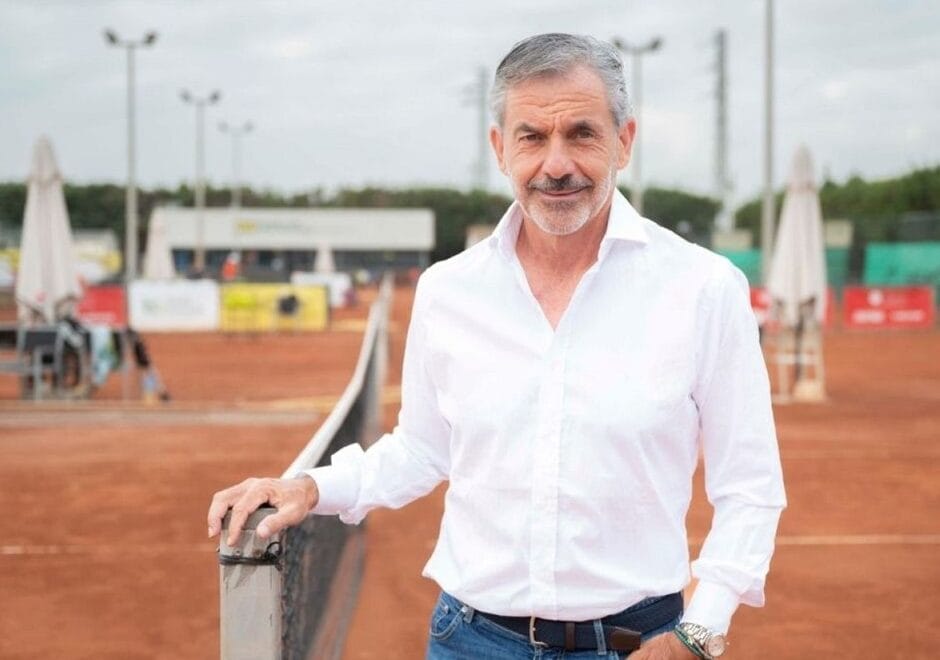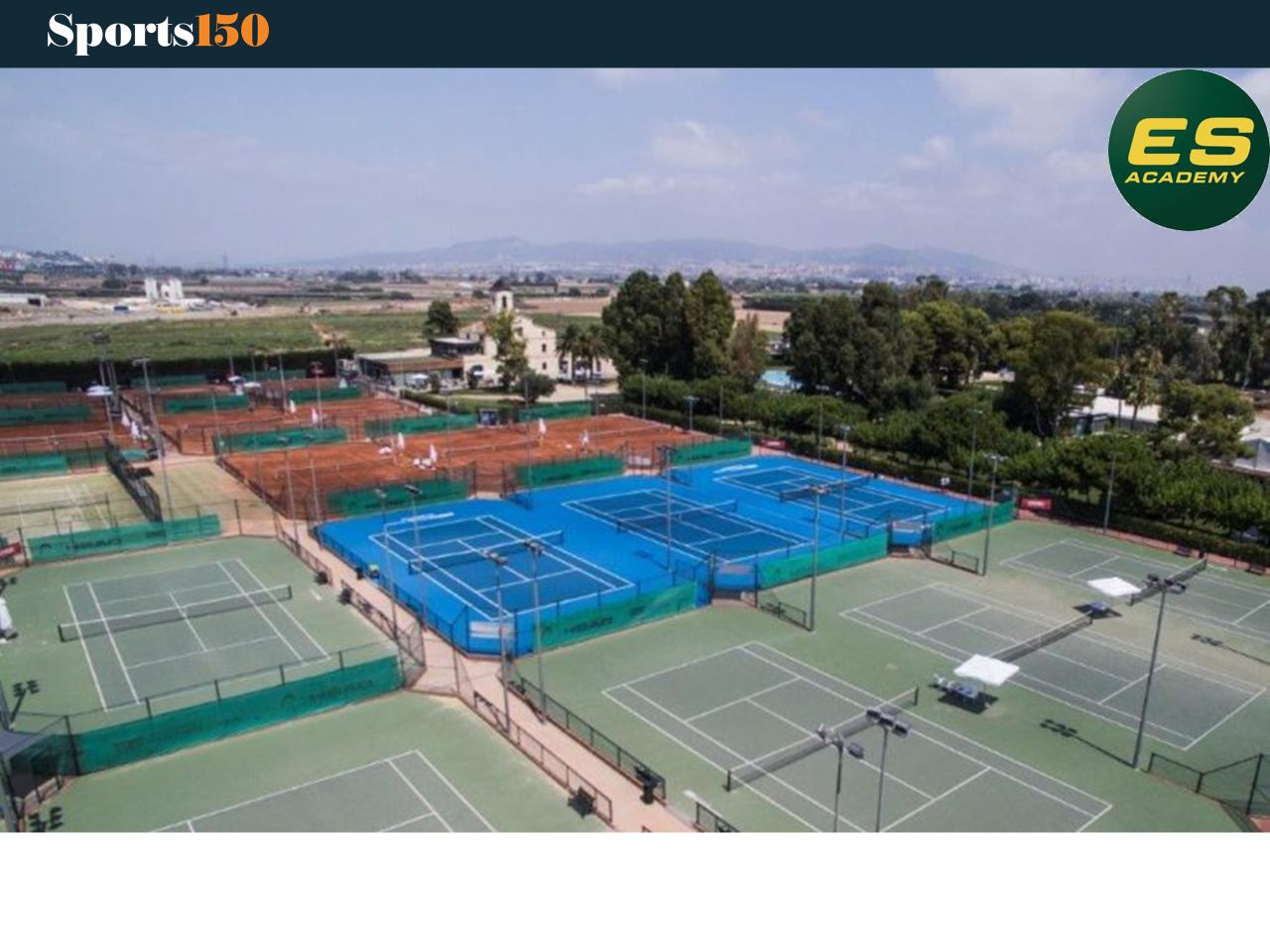- Sports 150
- Posts
- MBA Mini Case Study: The Emilio Sánchez Academy – Turning Tennis into a Global Business Legacy
MBA Mini Case Study: The Emilio Sánchez Academy – Turning Tennis into a Global Business Legacy
When Emilio Sánchez Vicario retired from professional tennis in the mid-1990s, he could have comfortably settled into a life of commentary or private coaching.

Introduction
When Emilio Sánchez Vicario retired from professional tennis in the mid-1990s, he could have comfortably settled into a life of commentary or private coaching. Instead, he chose a path few professional athletes dare to tread: building a business that transcends sport. Alongside long-time doubles partner Sergio Casal, Sánchez launched what would become one of the most successful tennis training institutions in the world—The Emilio Sánchez Academy (ESA).
This case study explores how the Academy has grown from a single-campus training center to a global brand operating in Spain, the U.S., and Dubai, using a unique value proposition that combines elite tennis instruction with a holistic life education model.

Background: From Champions to Entrepreneurs
Emilio Sánchez, a former ATP top-10 singles and world No. 1 doubles player, partnered with Casal to create the Academy in 1998. Their on-court success, including winning the Roland Garros doubles title in 1990, gave them both credibility and insight into high-performance tennis.
However, the Academy was never about just producing champions. Inspired by their mentor William "Pato" Álvarez, the architects of the Spanish tennis renaissance, Sánchez and Casal envisioned a system that balanced athletic development with academics, life skills, and personal growth.
Business Model and Market Positioning

ESA operates under a multi-campus global model, with flagship locations in:
Barcelona, Spain (Headquarters)
Naples, Florida, USA
Dubai, UAE
Each campus is fully integrated with training facilities, education programs, boarding options, and personal development plans. This vertical integration enables the Academy to provide “ES 360”, a proprietary training system covering:
Technical
Tactical
Physical
Mental
This system is tailored for all levels—from beginners to ATP/WTA hopefuls—making ESA’s value proposition broad and inclusive. The Emilio Sánchez Pyramid, their developmental roadmap, offers a clear path from childhood training to elite competition.
ESA further diversifies its offering with short-term camps, adult programs, collegiate placement services, and even partnerships with prestigious schools like Repton in Dubai.
Revenue Streams
The Academy’s revenues are diversified across four main streams:
Tuition and Boarding Fees
At ESA Barcelona, full-time annual programs combining tennis training, academics, and full boarding can exceed €50,000 per year, depending on the specific package selected—whether it includes boarding, schooling, or additional support services.
The Naples, Florida campus offers comparable pricing in U.S. dollars, reflecting similar program structures and supported by the robust U.S. tennis and private education market.
Short-Term Programs
Weekly camps and seasonal intensives provide additional cash flow with lower customer acquisition costs.
Academic Partnerships
Integrating academic institutions within the academy creates an additional educational product line (e.g., Repton Dubai).
Branding and Sponsorships
The ESA name, associated with players like Andy Murray, Grigor Dimitrov, and Svetlana Kuznetsova, offers marketing leverage for apparel deals, events, and affiliate programs.
Value Creation and Differentiation
The Academy's core values—education, competitiveness, enthusiasm, and industriousness—are embedded in every program. But the real differentiator is how the academy combines sport with life preparation.
Where other academies focus narrowly on tennis success, ESA’s mission is to “create opportunities in tennis, in education, in life.” This holistic approach appeals to a global, upwardly-mobile clientele seeking long-term value for their children.
This philosophy also shapes a culture of community and mentorship, especially visible in Naples, where the academy functions almost like a gated village of tennis aspirants and professionals.
Challenges and Competitive Landscape
ESA competes with giants like IMG Academy in the U.S., Mouratoglou Academy in France, and Rafa Nadal Academy in Spain. Each has its niche—IMG emphasizes college prep and professional pathways; Nadal’s focuses on values and discipline.
ESA’s strength lies in combining:
The rigor of Spanish tennis methodology
The holistic academic model
A global presence
However, scaling without diluting the core training quality is a constant challenge. Managing cultural consistency across Europe, the U.S., and the Middle East requires strong leadership, which Emilio Sánchez still provides actively.
Strategic Insights
Scalability via Systems, Not People:
The ES 360 and Pyramid systems ensure that no matter where the student trains, they receive the same coaching DNA.Global Footprint = Market Hedge:
By operating in Spain, the U.S., and the UAE, ESA spreads risk across geographic and economic variables, while also gaining access to three major talent pools.Mission-Driven Business = Customer Loyalty:
Families don’t just enroll for tennis—they invest in a philosophy. This builds long-term relationships and brand advocates.Alumni as Case Studies:
Elite players like Andy Murray, Juan Monaco, Svetlana Kuznetsova, and Grigor Dimitrov are the Academy’s best marketing assets—living proof of its methodology.
Conclusion
The Emilio Sánchez Academy is more than a tennis school—it is a vision executed with entrepreneurial precision. By fusing elite sport, education, and global reach into a scalable model, Sánchez and his team have created a thriving enterprise that not only develops athletes but also shapes human beings.
In a world where many sports academies chase immediate results, ESA plays the long game—developing people first, and champions as a consequence. It’s a masterclass in mission-driven business, and a worthy case study for aspiring entrepreneurs in both sport and education.
Sources & References
Emilio Sanchez Academy. (2025). Annual Guide Emilio Sanchez Academy Barcelona. https://issuu.com/emiliosanchezacademy/docs/annual_guide_emilio_sanchez_barcelona
Emilio Sanchez Academy. (2025). COSTS AND FEES – ACADEMIC YEAR 2025-2026. https://es-school.com/uploads/docs/2025-2026%20ESAS%20COSTS%20AND%20FEES.pdf
Emilio Sanchez Academy. (2022). IN TRIBUTE TO THE MOST IMPORTANT COACH IN THE HISTORY OF SPANISH TENNIS. William ‘Pato’ Álvarez. https://blog.emiliosanchezacademy.com/in-tribute-to-the-most-important-coach-in-the-history-of-spanish-tennis-william-pato-alvarez/
USTA. Emilio Sanchez Tennis Academy Florida. https://playtennis.usta.com/emiliosanchezacademyflorida/
World Tennis Travel. Emilio Sanchez Academy, Barcelona. https://www.worldtennistravel.com/emilio-sanchez-academy-barcelona#:~:text=A%20World%2DClass%20Tennis%20Academy,Casal's%20own%20brand%20of%20education.